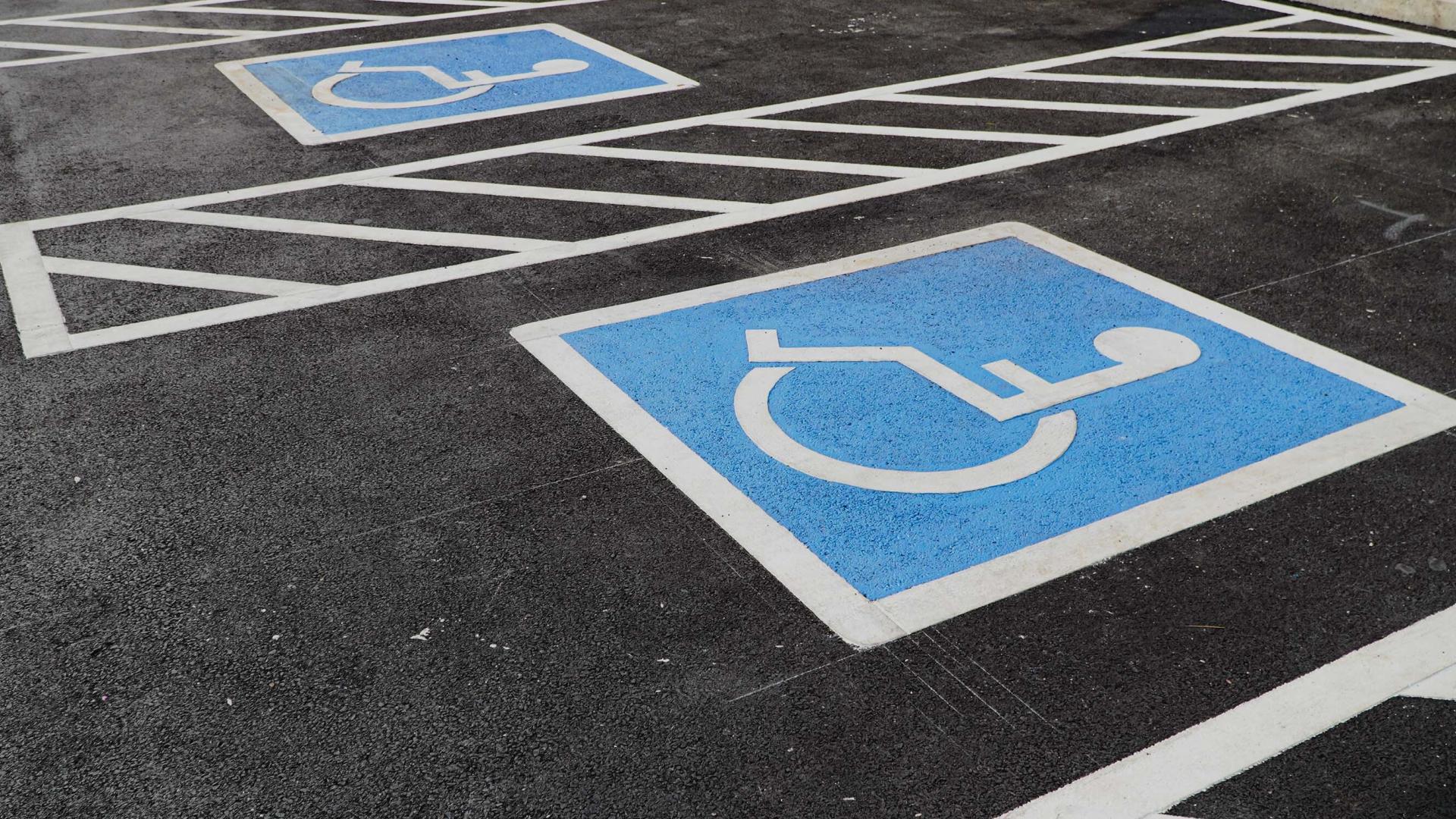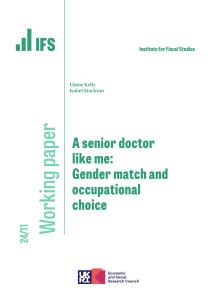About one in five working-age adults in the UK is disabled. That is about eight million people of working age who report having a longstanding illness, disability or impairment (of more than 12 months) that limits daily activities such as moving around, communication or memory.
That is a very large group. In the space of a couple of years after the pandemic, the number of people putting in new claims and being awarded disability benefits literally doubled. More recently this has fallen back a little and the number of new claimants each month is “only” 50 per cent more than it was before Covid. We are set to spend £50 billion on various health and disability-related benefits for working-age adults this year.
The disabled are a group of great economic and social importance for whom we have enacted legislation to protect them from discrimination. Disability is a protected characteristic under the Equality Act 2010, as are, for example, gender, ethnicity and age. Yet we know less about the prevalence, causes and effects of inequalities in disabilities than for the other protected characteristics. The first analysis of the effect of the Covid outbreak on disabled workers, for example, emerged well after the worst of the pandemic had passed.
Part of the reason may be a perceived difficulty in defining and describing who is disabled. Some will be “obviously” so — they may be deaf, may use a wheelchair or may suffer from cerebral palsy or other lifelong disabling medical conditions. For others, there will be a subjective element to how people evaluate the extent to which they are functionally limited in their everyday lives.
That is little excuse for ignoring the issue. Even where there might be a degree of subjectivity, people’s own evaluation of their ability to carry out tasks will profoundly affect their quality of life, the choices they make and hence their future wellbeing.
Work published last week by my colleagues at the Institute for Fiscal Studies could not have been timelier or more important. It looks in depth at what has been happening to rates of disability, who is disabled and the consequences.
You might reasonably expect that the most important driver of disability would be age. Overall rates of disability are, indeed, higher for older age groups. More than one in ten people in their late fifties are receiving disability benefits, against about 4 per cent of those in their twenties and early thirties.
Nevertheless, you would be wrong.
With reporting a longstanding limiting disability, the more important determinant than age is education. More than a quarter of people in their early thirties who have no qualifications report a disability, rising to a half among those in their late fifties. Graduates in their fifties and even their early sixties are less likely to report a disability than 30-year-olds without qualifications.
You see the same pattern in benefit receipt. A couple of decades ago, receipt of incapacity benefits — benefits for those unable to work because of ill health — was dominated by older groups. Today, it is the less well educated of whatever age who are more likely to receive these benefits. Young, poorly educated people are considerably more likely to receive them than older graduates.
Mental health problems are important here and have become more so over time, especially for the young, but these patterns are by no means driven entirely by such problems. Both physical and mental health problems are more prevalent among the less well educated and poor physical health is a much more important driver of differences in rates of disability at older ages. The less well educated start off with more health problems and the rate of increase with age is much faster.
These gaps in reported disability are mirrored by gaps in suffering pain. Again, overall, older people are more likely to report living with pain than younger people, but the young with lower educational attainment report more pain than older people of working age with higher qualifications. This is not simply a difference between graduates and those with no qualifications at all. Those aged 30 to 49 with GCSEs or A-levels suffer more pain than those aged 50 to 64 with degrees.
As you might expect, all this has economic as well as social consequences. Overall, there is a gap of 30 percentage points in the probability of disabled and non-disabled people being in work.
Government and others have been concerned about the growth in economic inactivity among those in their late fifties and early sixties since the pandemic. Just look at who is in work and who is not: among people aged 55 to 59, fully 80 per cent of those not reporting any work-related disability are in work; that drops to 40 per cent among those with a disability. And the gaps are biggest for the least well educated. Even among that group, three quarters of those without a disability are in work, against only a quarter of those with a disability.
Rather like the health inequalities and differences in life expectancy between regions and between rich and poor, these variations in rates of disability, pain and employment tell us something disturbing. I have focused on differences by educational attainment. That stands as a crude proxy for, or cause of, differences in opportunity, wealth or social status. The further down the social hierarchy you go, the more likely you are to be ill, to be disabled, to be in pain, to suffer mental health problems and hence to be economically inactive as well. The causes are complex, but the sheer numbers affected, the misery created and the economic cost surely means that tackling them should be near the top of any list of social and economic priorities.
This article was first published in The Times and is reproduced here with kind permission.









